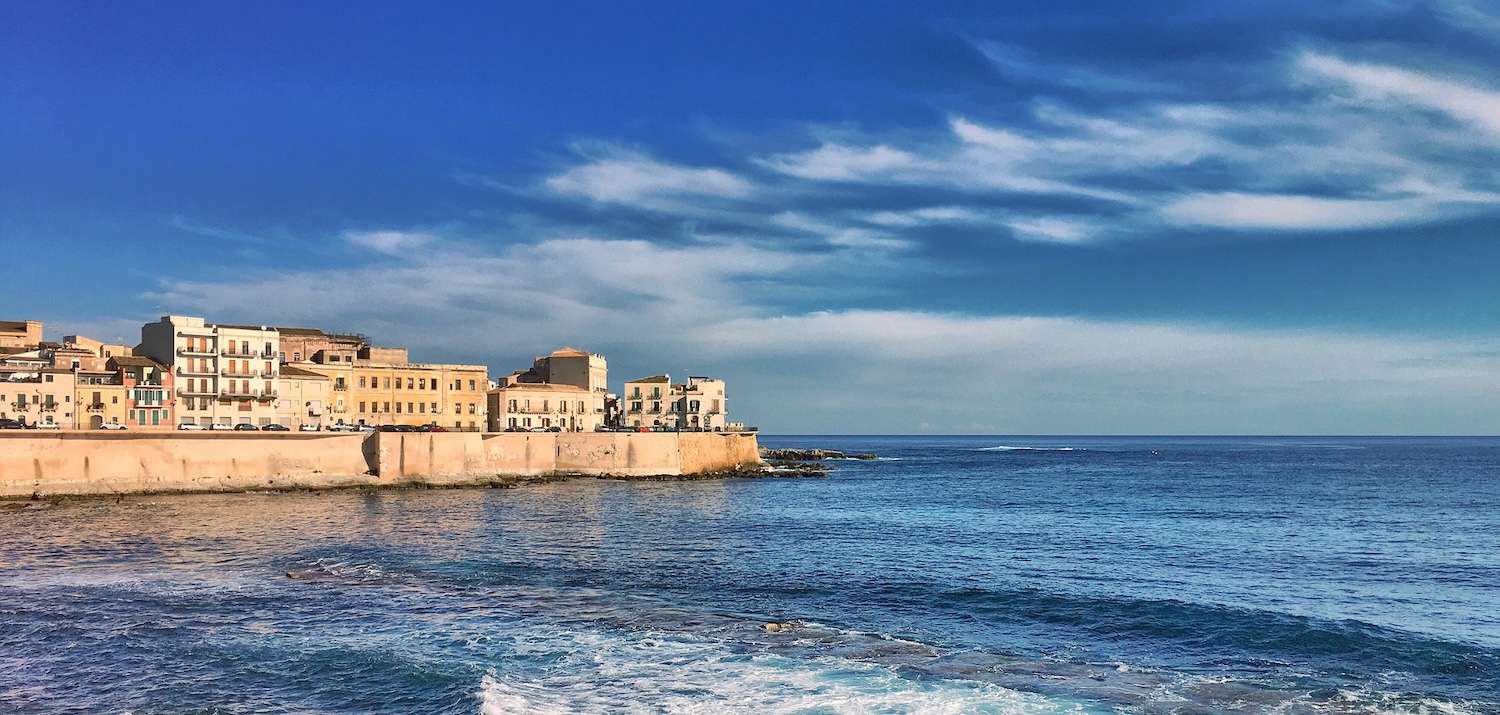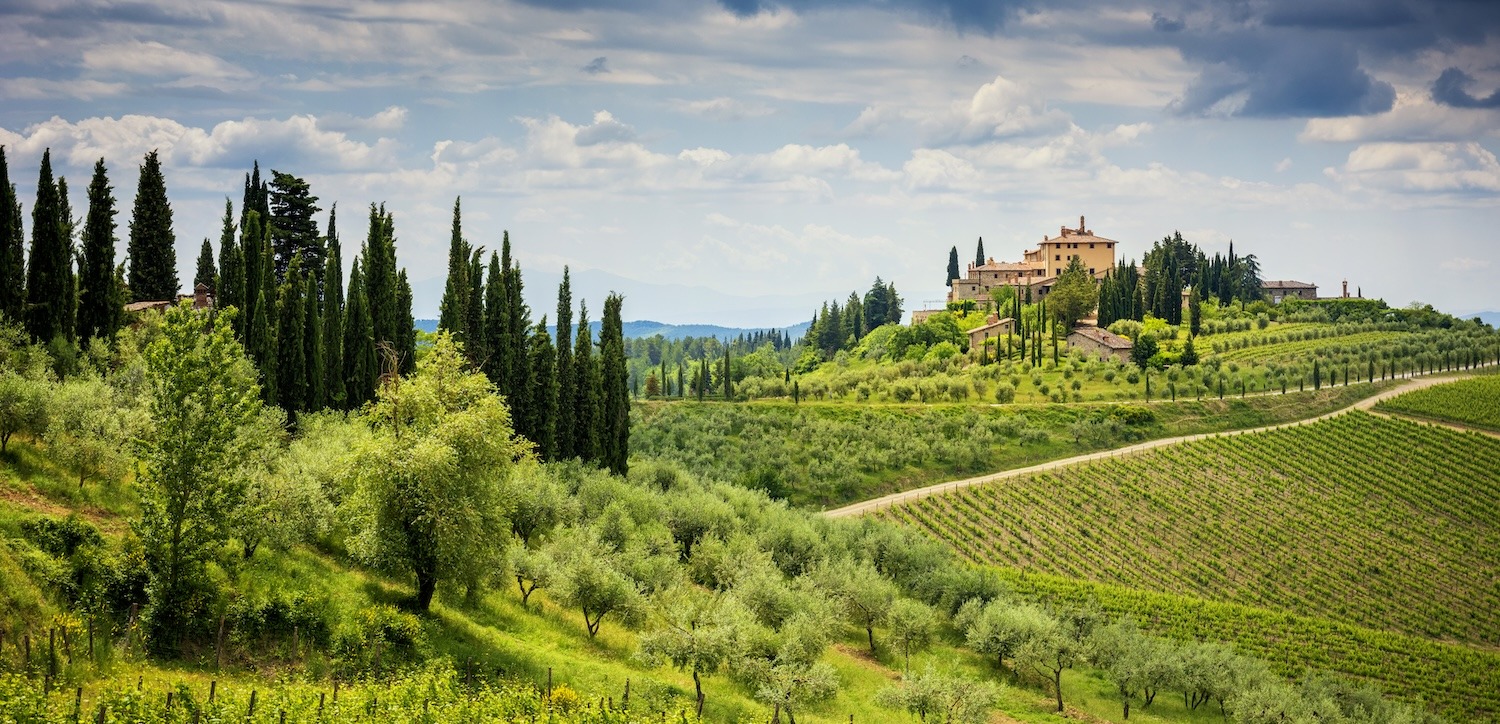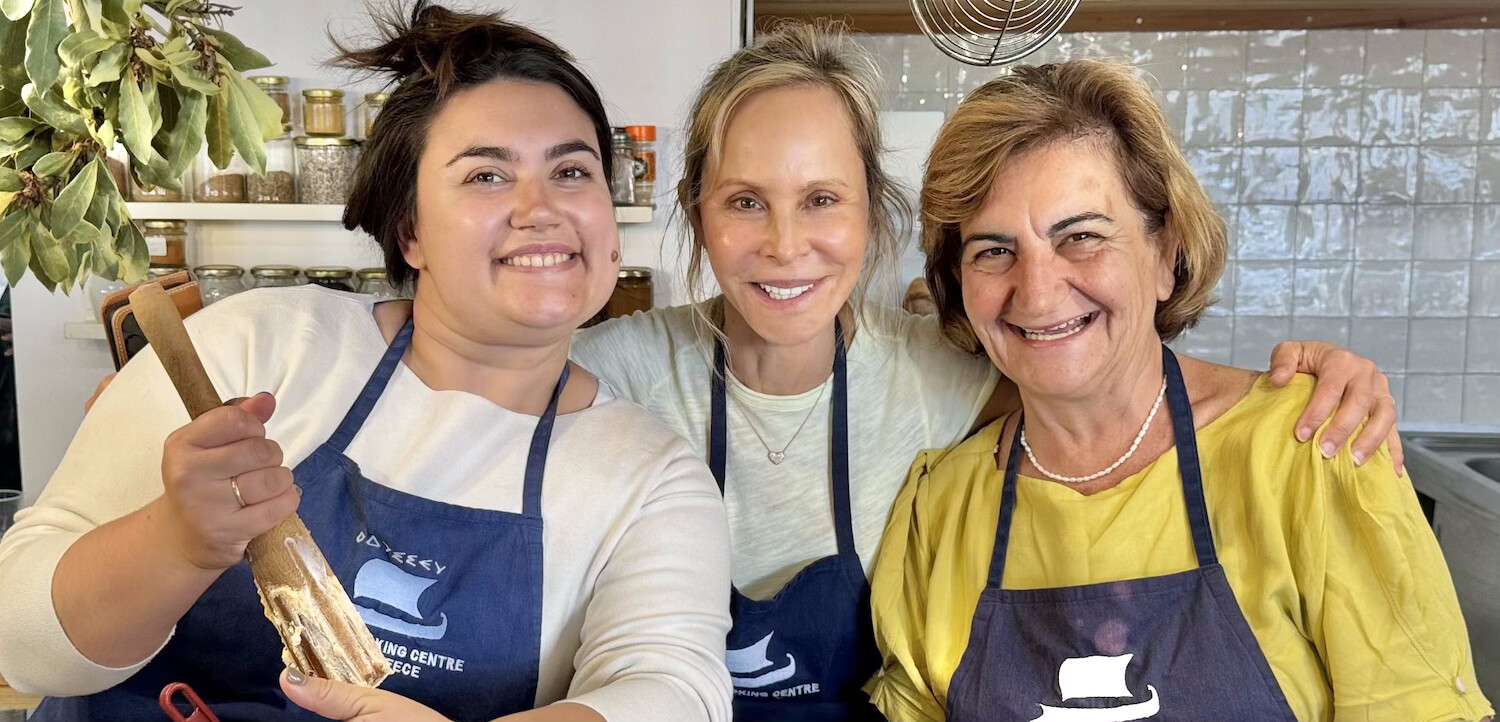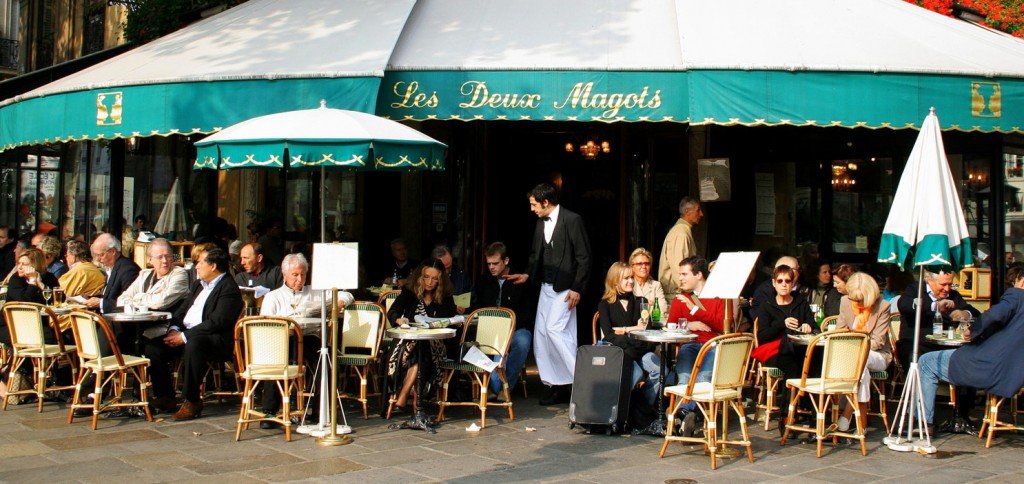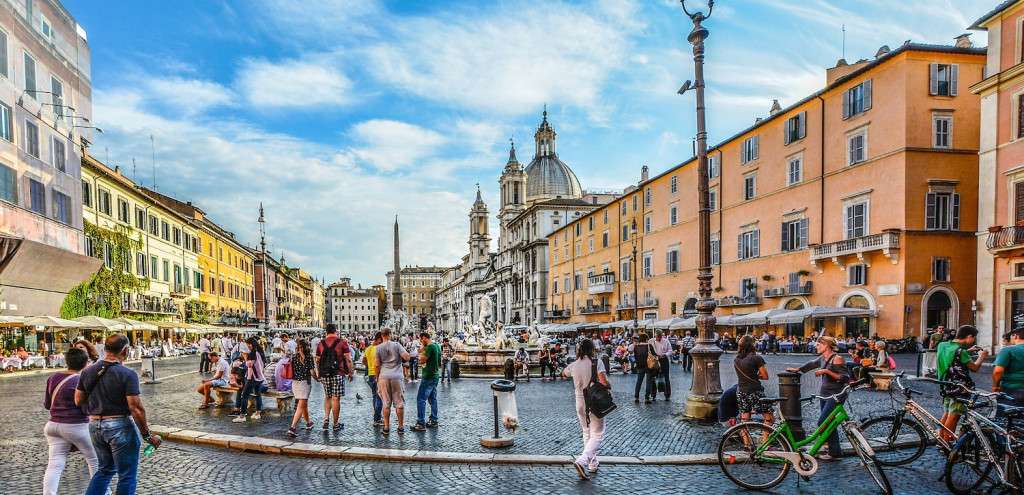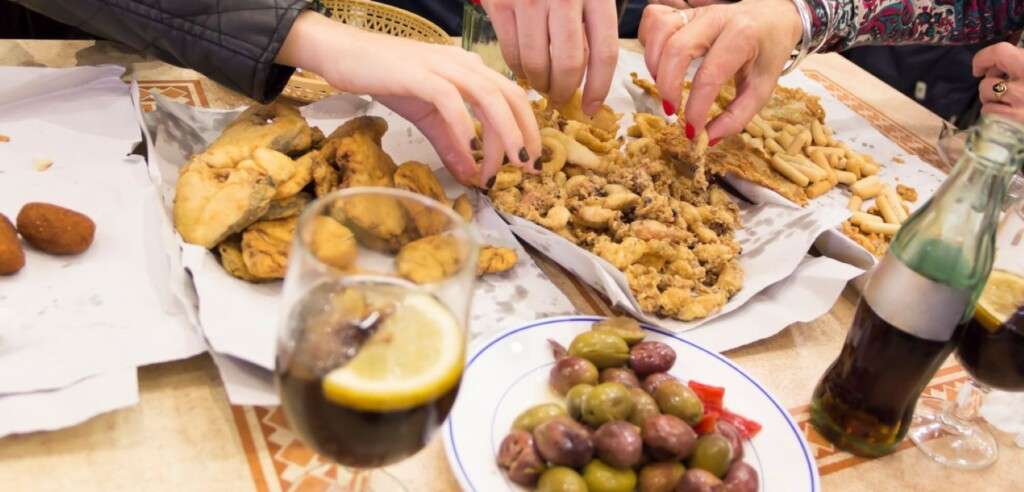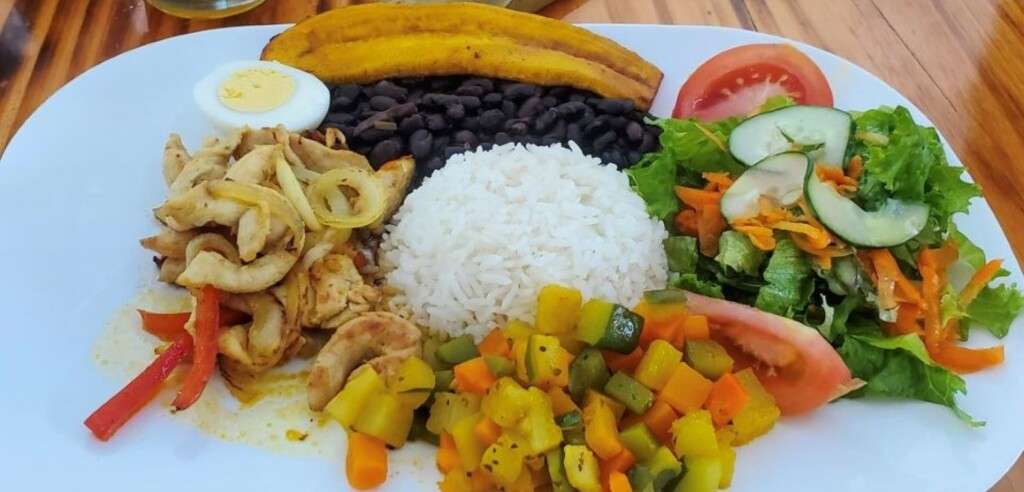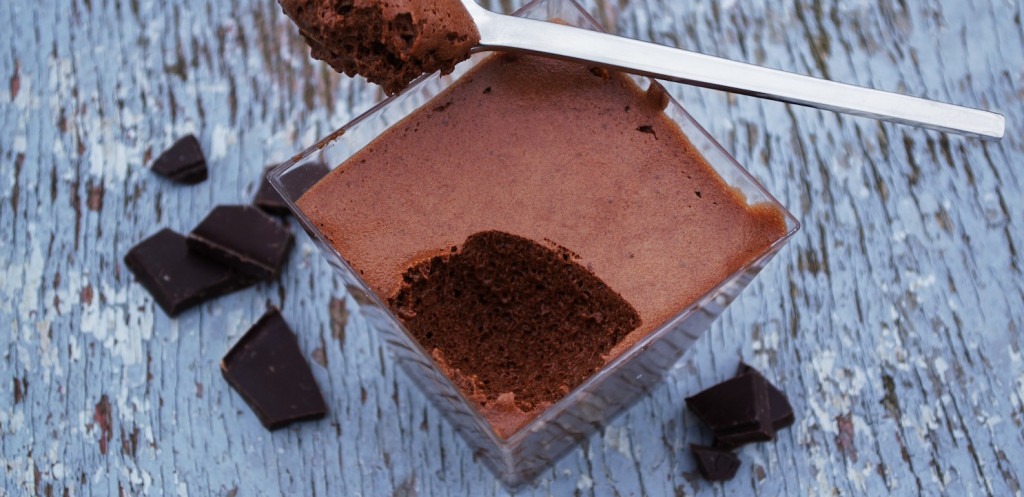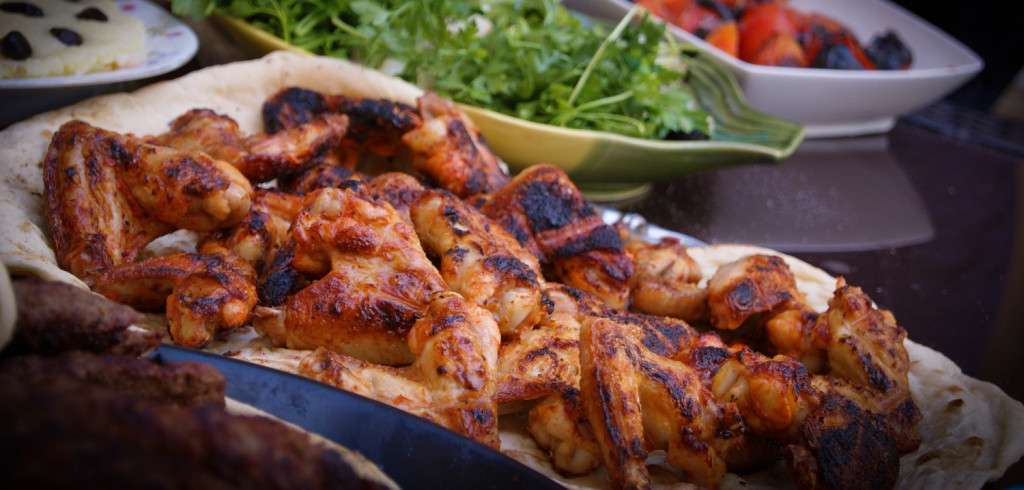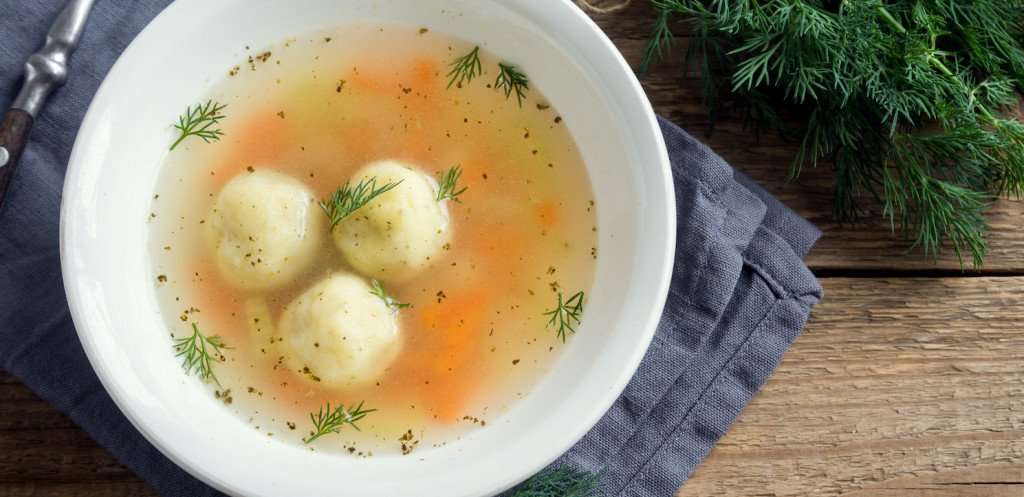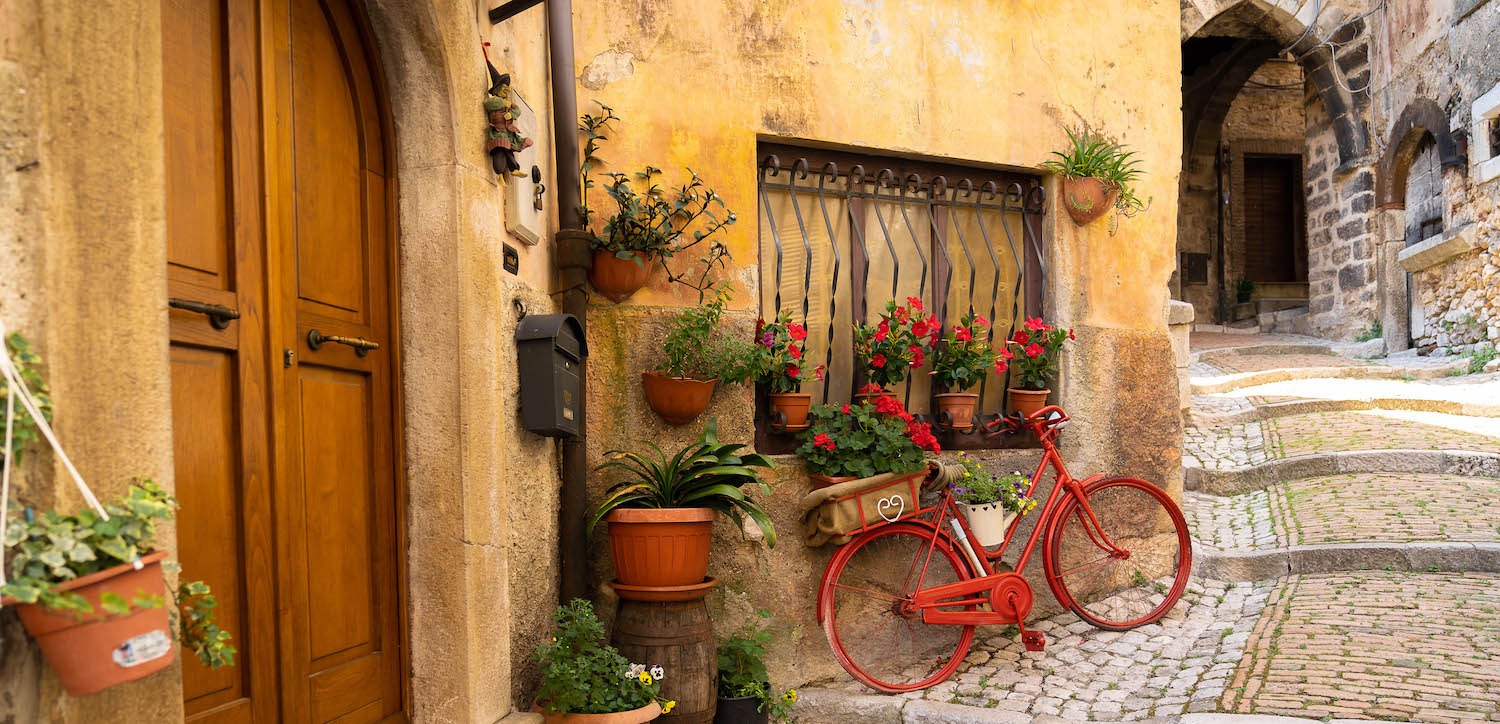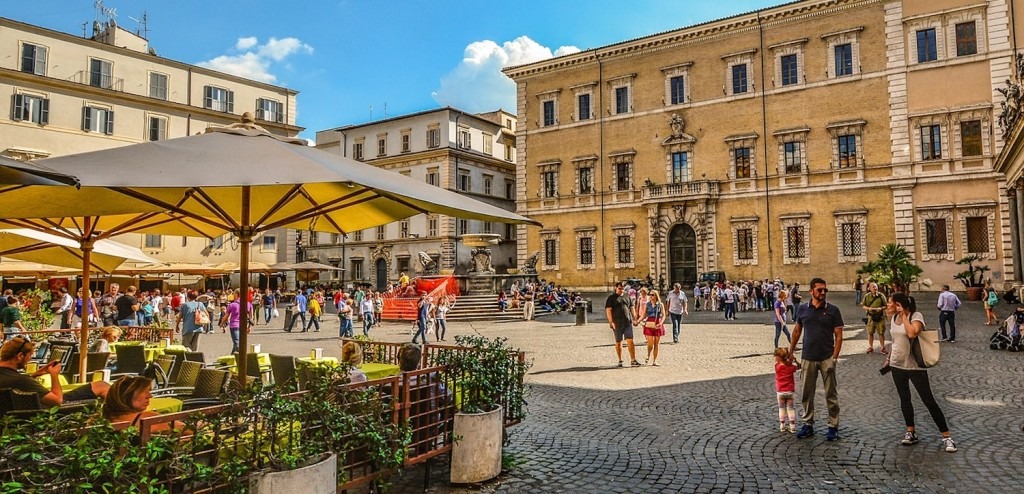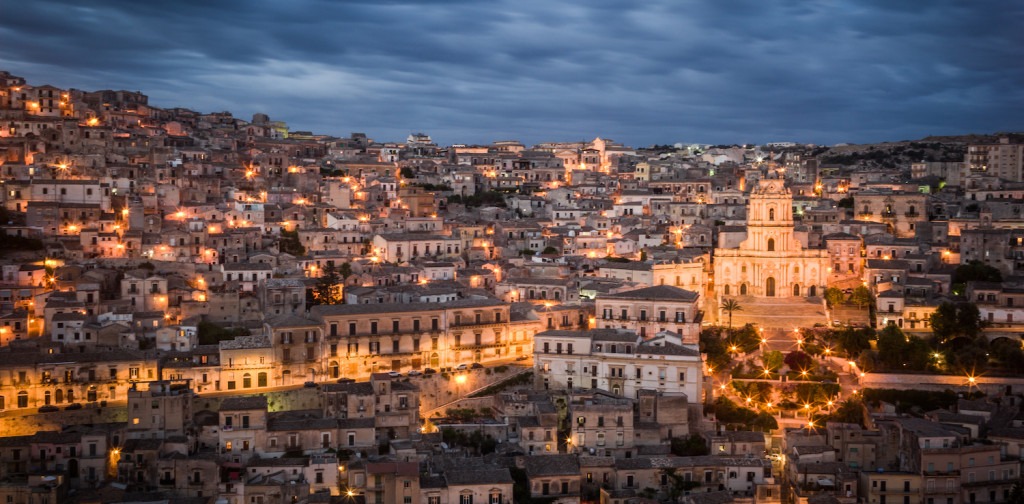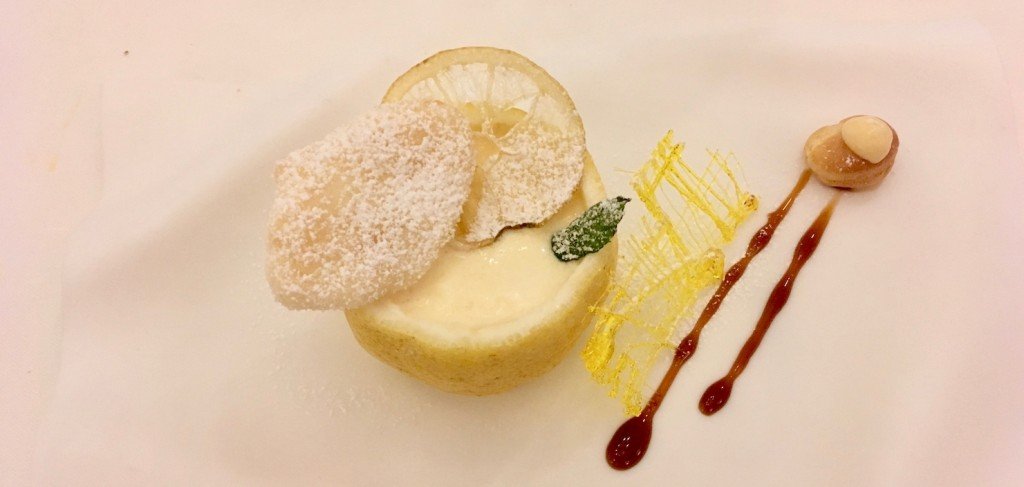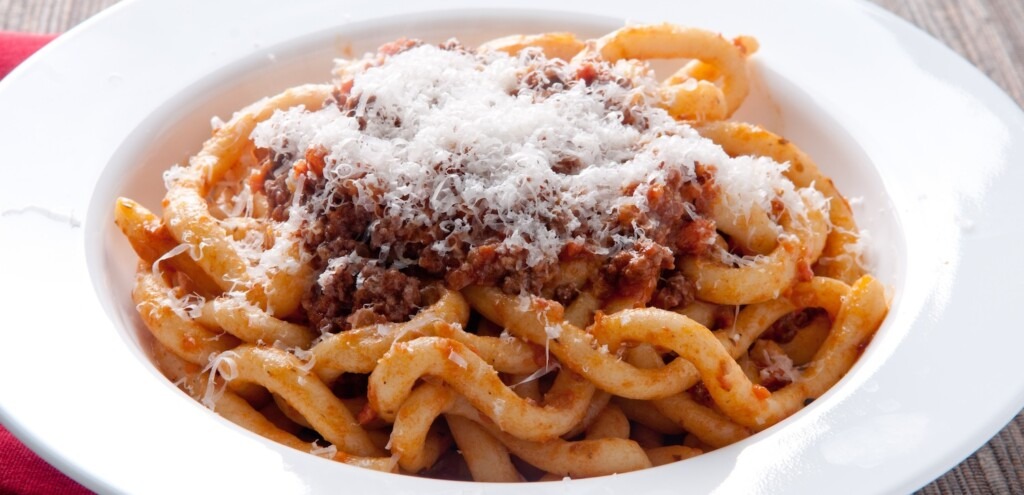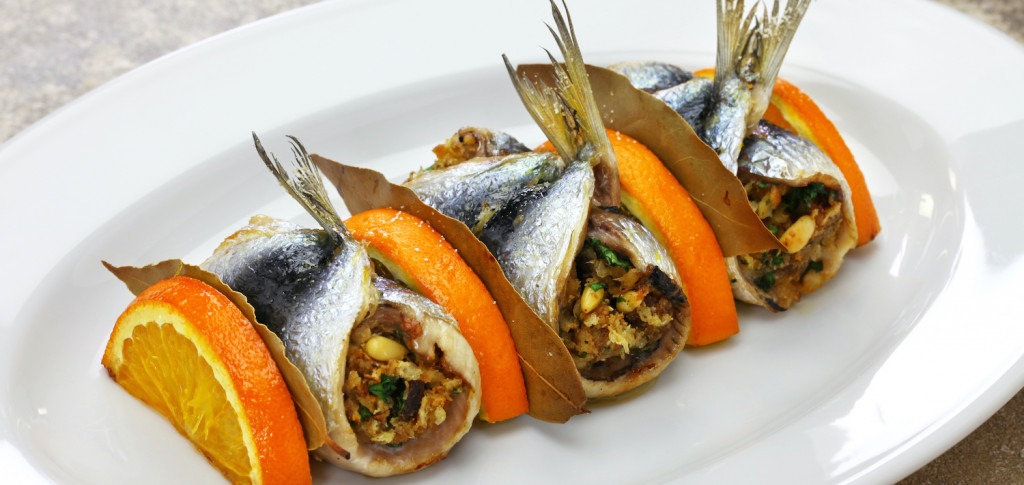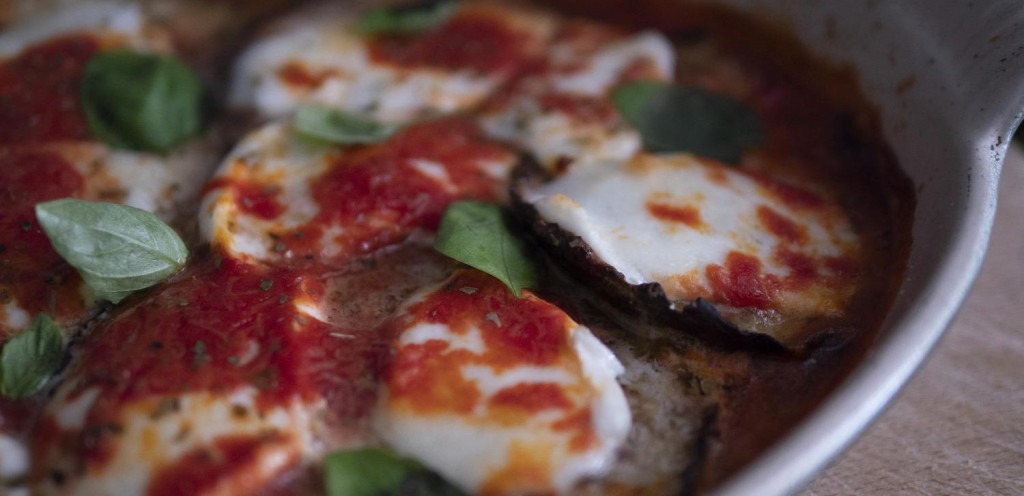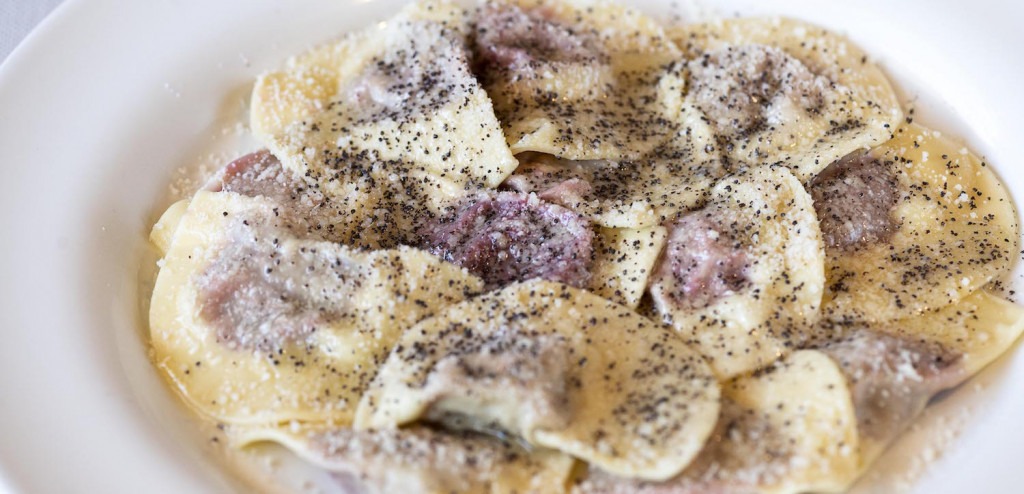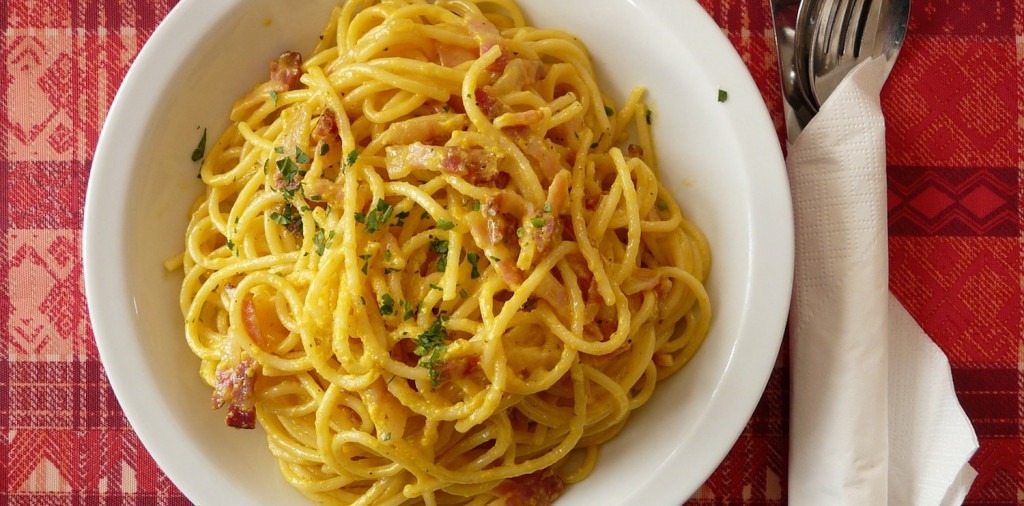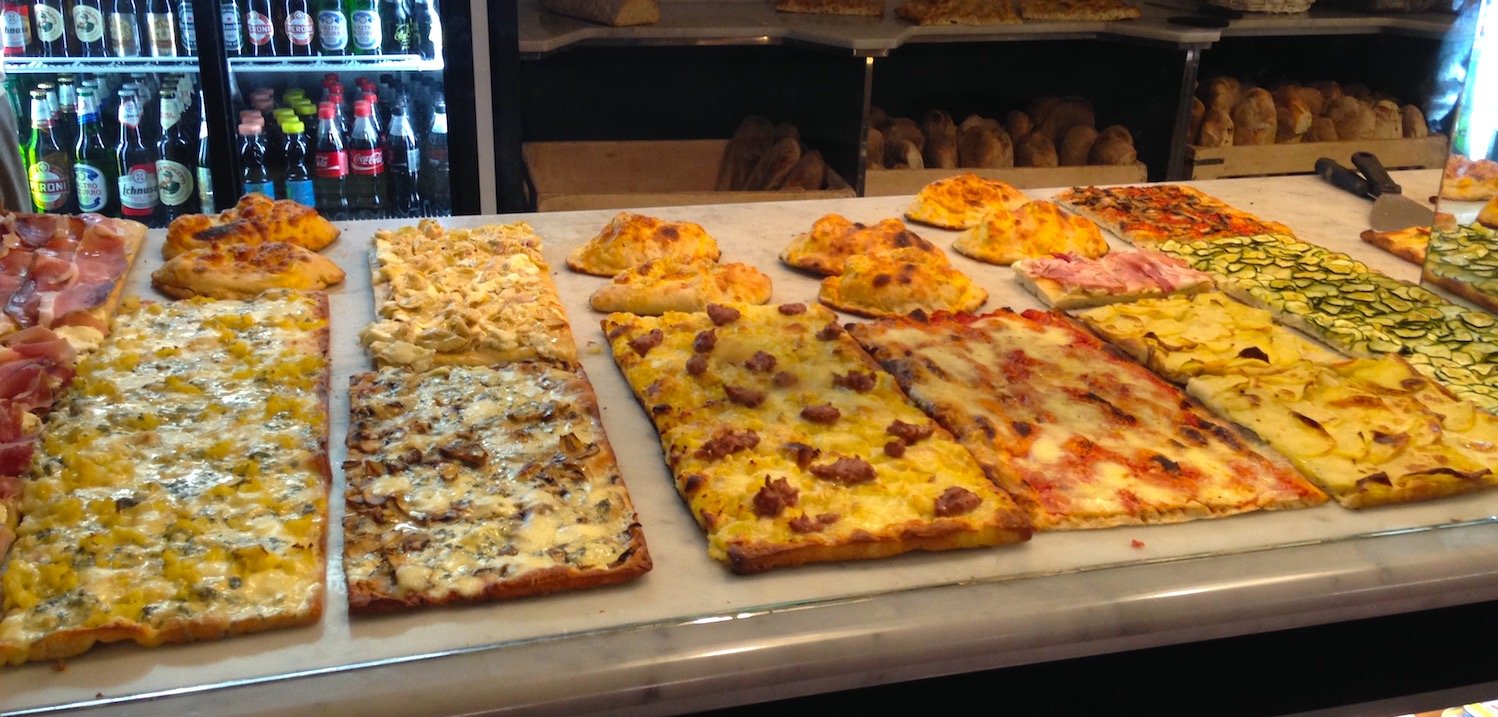
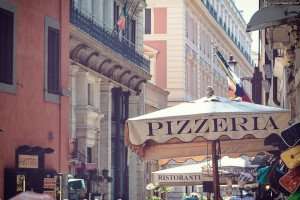 One of our favorite things about visiting big cities in Europe is the street food, and we offer a wonderful Rome food tour in the Trastevere neighborhood. From döner in Istanbul to crepes in Paris (more on that Friday!), some of the best and most authentic culinary experiences are found on the streets and sidewalks of the world. Although Italy is not necessarily the first place one thinks of when talking about street food—this is the place where meals at restaurants involve many courses and frequently many hours—it has a delicious street food scene as well. Our case in point today: Rome!
One of our favorite things about visiting big cities in Europe is the street food, and we offer a wonderful Rome food tour in the Trastevere neighborhood. From döner in Istanbul to crepes in Paris (more on that Friday!), some of the best and most authentic culinary experiences are found on the streets and sidewalks of the world. Although Italy is not necessarily the first place one thinks of when talking about street food—this is the place where meals at restaurants involve many courses and frequently many hours—it has a delicious street food scene as well. Our case in point today: Rome!
So what is the Rome street food scene? What sorts of dishes can one expect to find?
Roman Street Food
Pizza al taglio

Rome’s favorite street food is probably this alternative to the round, individual-style pizzas fired in wood-burning ovens around the city. “Pizza al taglio,” sometimes called pizza rustica, is baked in a large rectangular pans. The crust is slightly thicker and more airy than a traditional pizza crust (in this way a bit more akin to focaccia). The toppings can be anything, but some classics are sausage and a sauce-less version with thinly sliced potatoes and rosemary. “Taglio” means cut in Italian, referring to the fact that you indicate how big a piece you want and they cut it off for you, warm it up (if necessary), fold it over and hand it to you wrapped in paper.
Take a cooking vacation in Italy with The International Kitchen.
Supplì

There are various small fried snacks that one can get in the cafes, cafeterias, and pizzerias in Rome, but supplì are the most traditionally Roman. They are balls of rice breaded and fried, similar to the famous Sicilian arancini, but they are oblong instead of round, the rice is made with a tomato-based meat sauce, and there is a piece of mozzarella at the center which stretches into strings when you are eating it‐giving rise to the full name “supplì al telefono”.
Learn more about traditional Roman food.
Tramezzini
Small, thin, triangular sandwiches with the crust cut off, tramezzini can be found stacked artfully in every cafe display case by mid morning. They can have almost any filling you can imaging (ham and cheese and mushroom and cheese are two common options), and your barista will toast it for you in the sandwich press if you request it. (The age-old tramezzino has given way to a popular new cousin, the “trapizzino,” a triangular piece of pizza crust stuffed with various fillings.)
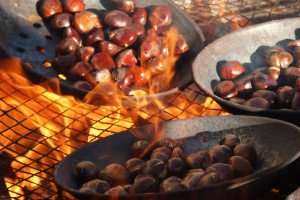 Our favorite kid-friendly sites in Rome.
Our favorite kid-friendly sites in Rome.
Castagne
In the late fall and winter, you will find chestnut vendors throughout the city roasting chestnuts on large iron drums, a perfect street snack.
Gelato

Of course, sweets can be street food too, and gelato is probably the most commonly eaten food on the streets of Rome. Whether in an ice-cream shop (“gelateria”) or cafe (“bar”), grab a cone of gelato for a quick snack or after-meal treat.

Cornetti
For a late night snack, a cornetto, or croissant, is de rigueur for Roman youth. After hitting the local clubs or gathering in the many popular public squares throughout the city, it’s custom to head to a cafe for a cornetto and perhaps even a cappuccino as a sort of “pre-breakfast” before heading to bed. I’ve even gone with friends in the wee hours to stand outside the bakeries where the cornetti are made. Dozens of late-night partiers waited around until one of the bakers came out to sell us the first batches of croissants for the day.
So the next time you are in Rome or any European city, give your wallet a break and your stomach a treat and try out the street food!
Sign up to Receive Our Newsletter
As well as travel tips, promotions, and information on our best cooking vacations.
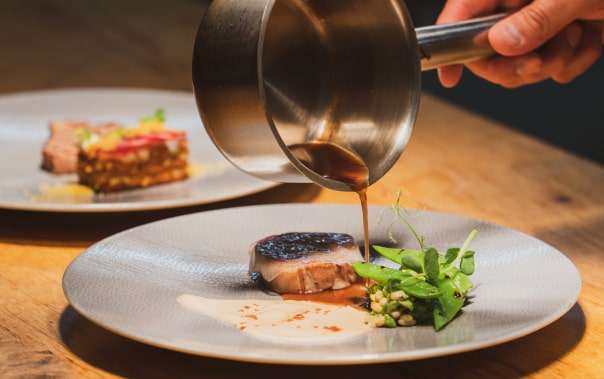
blog
Related Blog Posts
recipes

